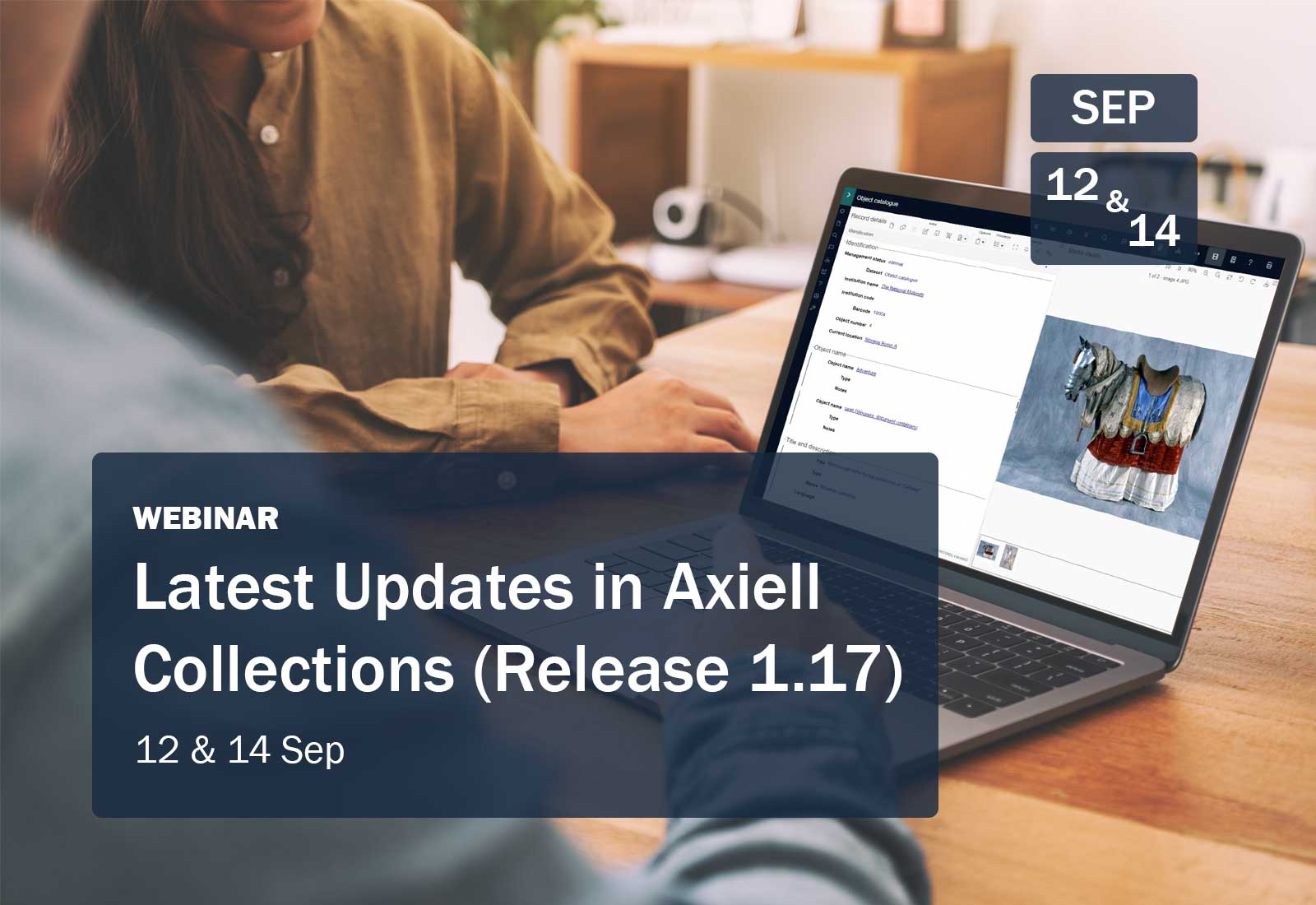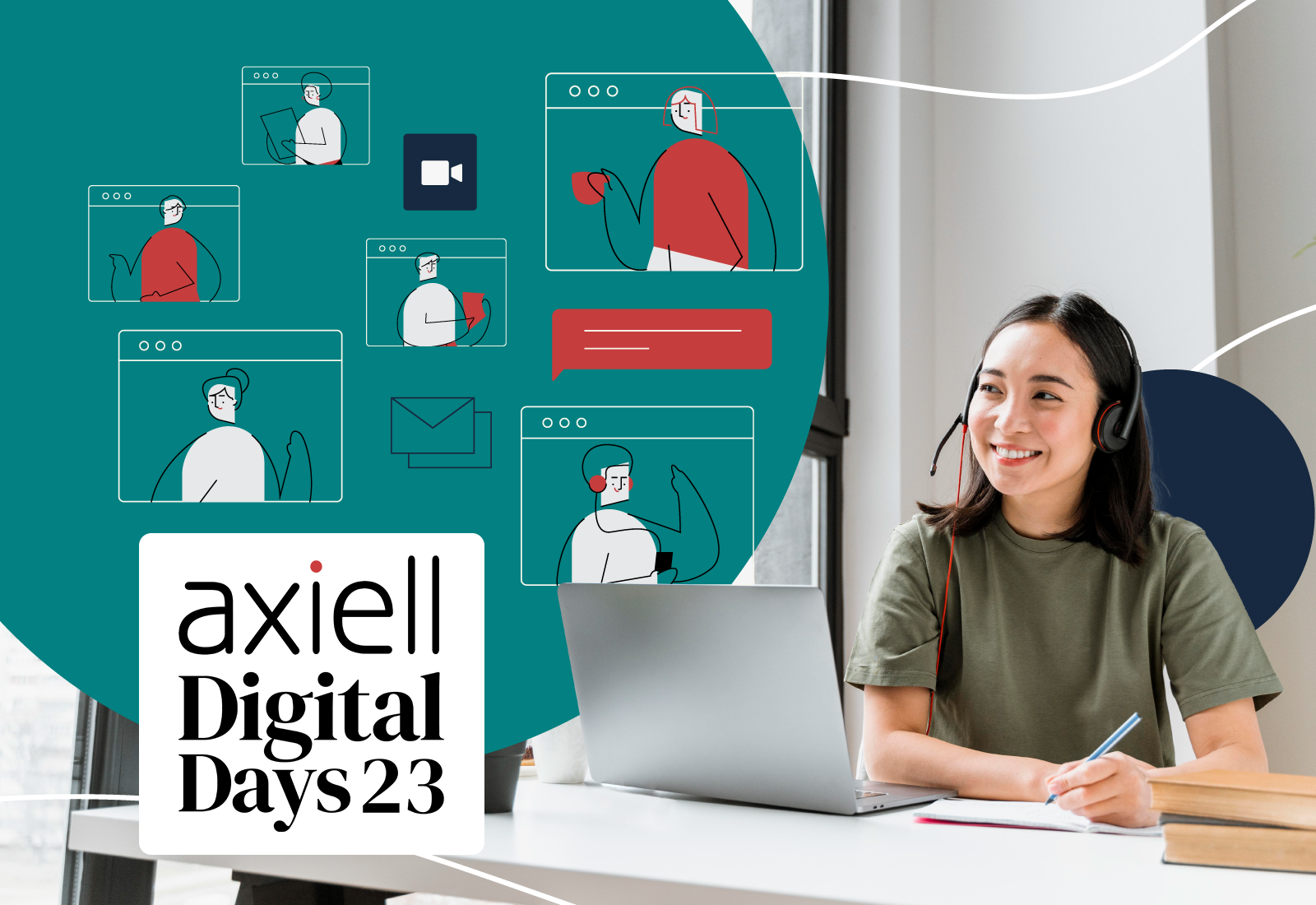A look at some of the key innovations and debates happening in culture and heritage, as suggested by collections experts at Axiell in our ‘Trends’ report. Here, we’ll take a whistle-stop tour of where the industry is going; taking in some of the exciting work already happening, along the way.
From Working ‘For’ the Community to Working ‘With’ the Community
With budgets consistently under pressure, most cultural institutions rely to some extent on community groups, volunteers or groups of researchers and enthusiasts in order to fulfil their mission.
At Library 10 in Helsinki, 90% of events are organised by the community, helping to build a collaborative space that people want to share and use. Whilst crowdsourcing is becoming an increasingly popular way for museums to tap into communities of experts for cataloguing and tagging records.
Creating Interactive and Interpretive Experiences
Experience. A single word that has changed so much. Now, simply putting art, artefacts and books out on display is no longer enough.
In the Museum of Photographic Arts’ 7 Billion Others exhibition, art comes to life, projecting the image of the observer back to them, in a mosaic created from thousands of other people’s faces.
According to David Newbury of the Getty, exhibitions like this present a philosophical conundrum for cultural institutions as they shift from curators to creators. Whereas, libraries have for a long time been very active in this regard, providing writing workshops and even self-publishing.
What this represents is a greater recognition of the visitor as an active participant in the art or in the storytelling.
VR in Culture: Will Virtual Become the Reality?
Virtual reality is providing new, immersive ways of telling stories and presenting collections. You can step inside a painting at the National Museum of Finland or inside Modigliani’s Paris studio at the Tate Modern. You can even visit the Amsterdam Rijksmuseum from comfort of your own home.
VR is also being used to help dementia sufferers tap into emotional recall. Public Libraries Online suggest that library staff could tailor VR experiences to help people revisit past trips and experiences, such as visits to museums and galleries.
AI – What’s the Reasoning?
Machine learning and “reasoning” has huge potential to help people access relevant information faster, meaning new competition in the information space but also new opportunities for cultural institutions.
In our Online Collections Discussion Panel, experts discussed how AI could help speed up cataloguing and digitising of collections by doing some of the “boring stuff”. AI might be able to describe what’s in an image, what colour it is or what a passage of text says.
Yet, a post on IFLA’s blog makes the point that AI is prone to inherent bias and discrimination. As information becomes easier to access, the role of librarians, information professionals and cultural institutions in helping people find reliable information becomes even more important.
Voice Command
Voice command has the potential to make life easier for both staff and visitors in cultural institutions. Commands may be used to make staff’s daily work simpler and faster: “Show me the metadata (for this object)” or “Show me N.N. (patron record)”.
The technology may also support libraries, museums, archives and other institutions in their mission to make knowledge and culture more accessible. For example, the Museums of Modern Art’s work integrating the Amazon Echo with their collections database may be useful to those with visual impairment.
Less Intrusive Tech
The purpose of technology should be to make life easier, yet so often it seems like just another barrier. This is why some retailers and airports are developing systems which cut down our interactions with technology, such as using facial recognition to physically remove the need for barriers. Whether this is in fact ‘less intrusive’ is another debate.
What is important is that technology helps staff spend more time on higher value tasks and less time on the repetitive tasks that so often clog up our days. In our product management team, we say: “If our software is used less but is more useful then we will enable our customers to succeed.”
Balancing Security and Openness
The belief within the cultural sector that information and data should be open and shareable is nothing new. Opening up collection data to the public and other organisations provides the opportunity for crowdsourcing and making new discoveries through shared expertise. However this can increase the threat of hacking. APIs will likely play an increasing role in providing that secure bridge between systems.
The UK local authority of Cambridgshire is using a ‘Culture Card’ to track engagement among young people across cultural venues. By sharing personal data, the aim is to plug gaps in knowledge of how culture impacts education and skills.
Whilst GDPR provides guidance on protecting personal data for institutions in the EU, there are also increasing calls for transparency among the big tech players.
Avoid Jumping On the Latest ‘Shiny Thing’
There is a great risk with new technologies of throwing huge sums of money at a fad with little to no lasting value. One thing experts agree on is that your goals must drive the technology, rather than the other way around.
Still, the cultural industry must evolve. People’s habits and the way they interact with content and institutions are changing. From this, a new ethos is starting to take hold within the industry: meet people where they are. If people want to interact online, you must be online. If people walk around the gallery staring at their phone more than the exhibits, you must reach them there. If people are housebound and can’t go to the museum, take the museum to them.




